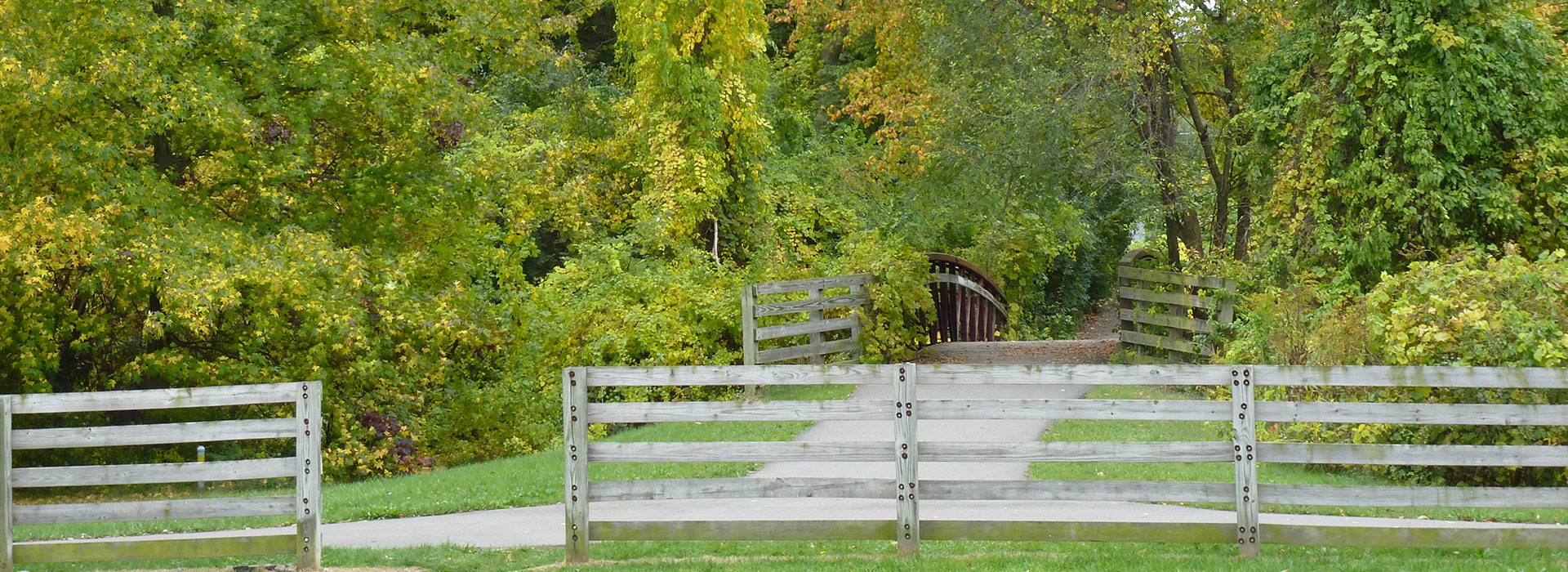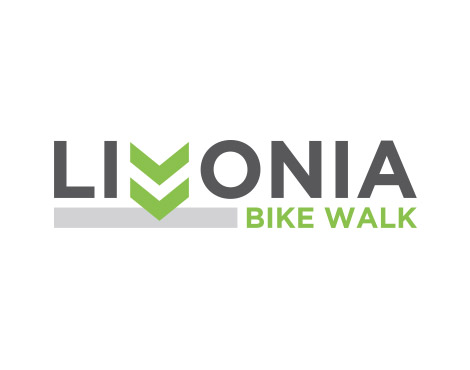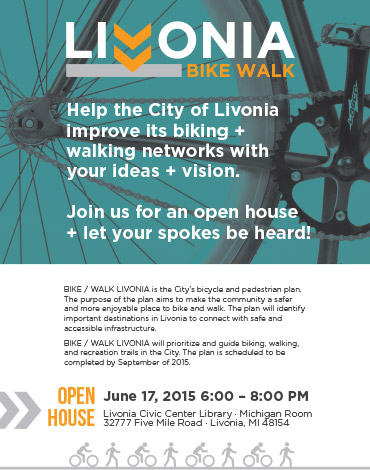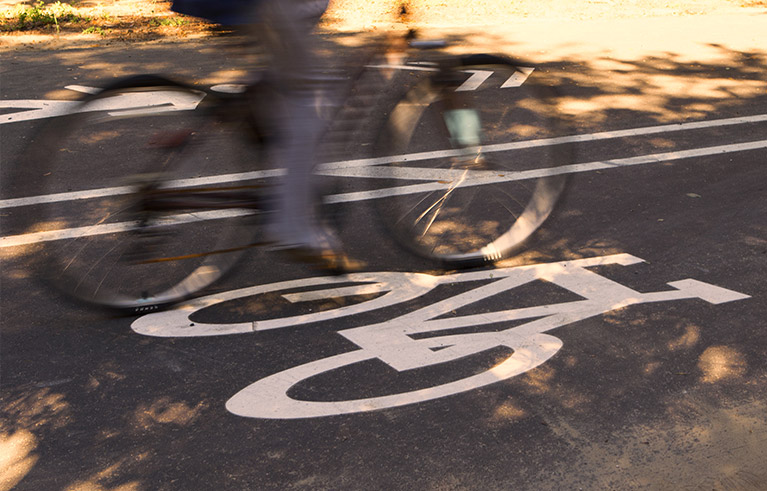

Case Study
Gearing up for a More Connected Livonia
Livonia, MIWhat We Did
Livonia, Michigan has many strengths that make it an ideal place for developing a robust multi-modal network. It is strategically located to provide a much needed regional link between non-motorized facilities in neighboring communities and local destination areas like the Livonia Community Recreation Center, the Civic Center Complex, and Schoolcraft College. The community is home to an outstanding system of park and recreational amenities, school facilities, and a premier regional trail connection via Hines Parkway, which links dozens of Wayne County communities. Finally, the existing grid system in Livonia provides a strong foundation for the connectivity of neighborhoods and destinations; both for purpose (i.e. picking up something at the store, going to school, and visiting a library or a friend’s house) and leisure (i.e. walking the dog, family bicycle ride, physical exercise, etc.).


Recognizing these strengths, McKenna worked with Livonia leaders to develop an award-winning plan that built upon the community assets and offered practical implementation steps to achieve some near-term connectivity in the network. The plan included an inventory and evaluation of the existing non-motorized network and identified key gaps in the existing bicycle and pedestrian network. Multi-modal projects were prioritized accounting for proximity to schools, parks, residential areas and public areas to assure residents would get the most ‘bang for the buck’ as the plan is implemented. The plan also included design standards for bicycle and pedestrian design, with cross sections and traffic calming elements. McKenna worked with the City to coordinate the effort with other regional planning agencies, including Wayne County and SEMCOG.

The public outreach was a highlight of the planning effort, which included a series of online outreach efforts, a network design charrette, and a “Bike Livonia” workshop. During the Bike Livonia workshop, residents, decision makers, and professionals went out on the street to observe the best and worst elements of the existing non-motorized network, later discussing ideas for addressing these issues in the plan.
Project Download